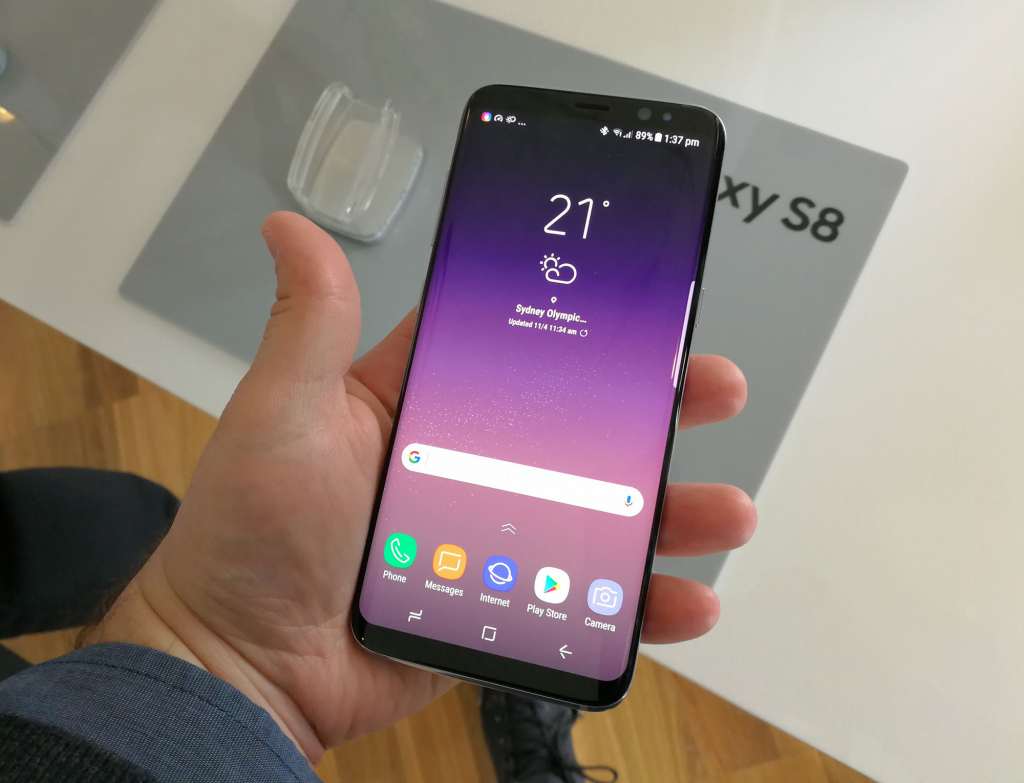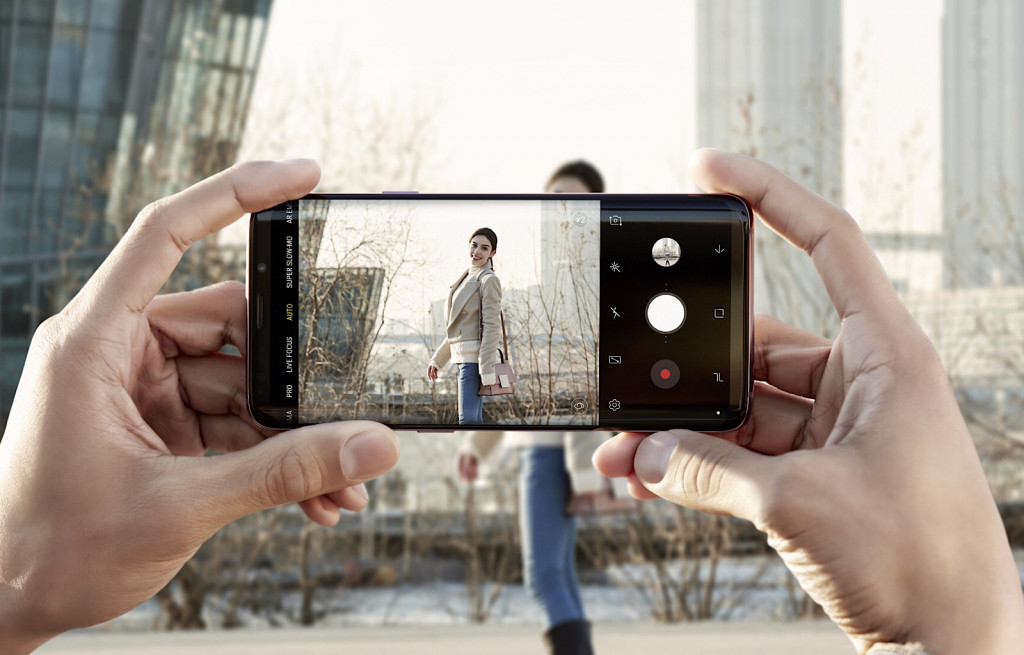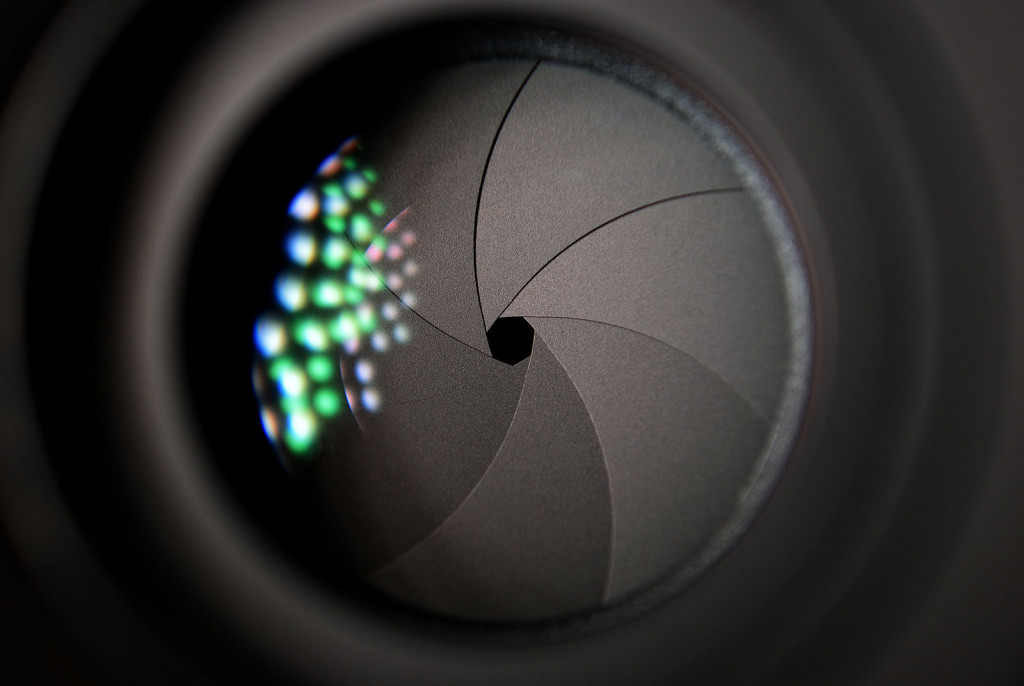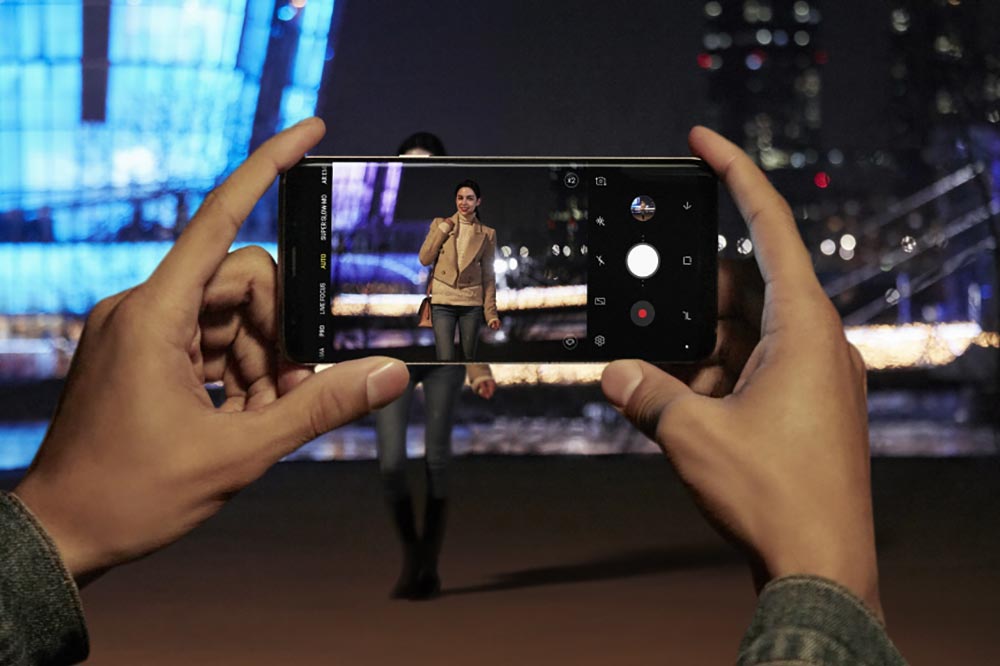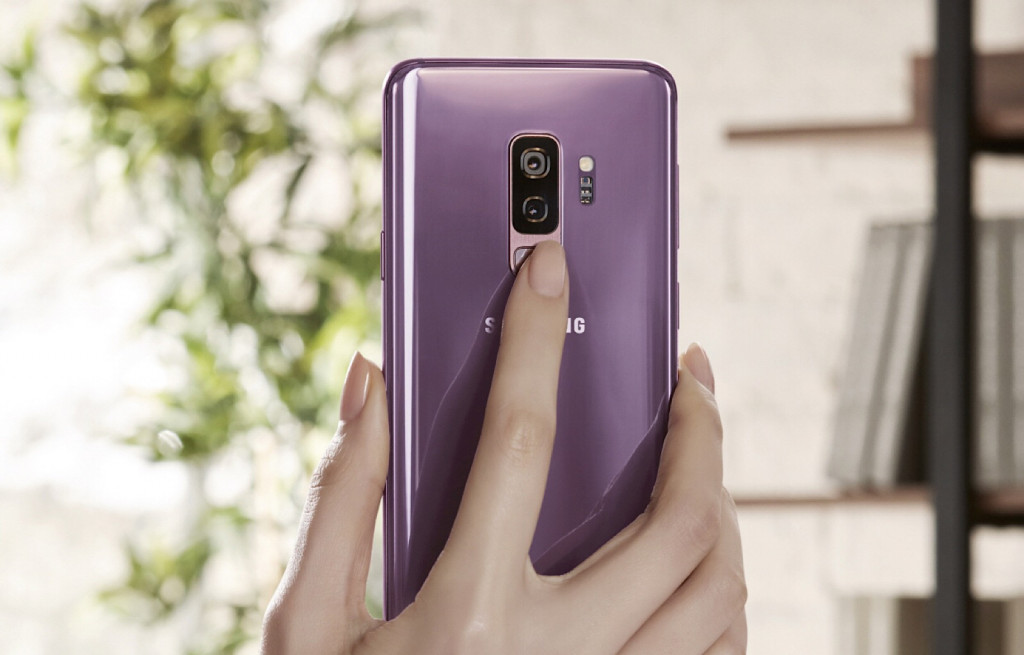Another Mobile World Congress, another new Samsung phone, and this one is ready for prime time faster than ever before. So what’s changed, and is it worth the upgrade?
There’s little doubt that Samsung is making headway into smartphones, and off the back of its Galaxy S6, the company has been improving left right and centre.
In the Galaxy S6 Edge, Samsung signalled that it wasn’t interested in maintaining the status quo, and had progressed with its own internal designs. The screen would be curved, and that feeling would make the picture bleed off the glass and into your hand, expanding the picture into reality.
That started working in the Galaxy S7 Edge, as the company joined Sony in releasing a waterproof phone, which helped people buy into Samsung even more. Sure, Samsung had gone this way once before in the Galaxy S5, but they veered away and now they were back, launching a phone that had it all: curved futuristic screen and water-resistance. Things people wanted.
And last year, Samsung upped its game, releasing a phone where you couldn’t even see the Samsung logo on the front bezels, partially because you couldn’t even see the front bezels at all.
In a first, Samsung had build a phone that was practically all screen, and where the image literally did fall off into reality. It was like you could hold and touch the internet, as the the edges curved off into the palm of your hand, into your fingers.
Combine that with excellent hardware and more water resistance, and you had Samsung’s Galaxy magnum opus.
The S8 was a lovely phone, and practically a masterpiece for the brand, so how do you improve on something that good?
Minor tweaks.
Believe it or not, evolution is the next move forward, rather than revolution. Once success has been achieved, there’s no reason to take a hammer and saw to the product and reinvent. Rather, it’s about taking what works, and improving things.
For the Galaxy S9, that happens from the inside, because the design is pretty much identical to its sibling. You’ll find the same Quad HD+ AMOLED screen here regardlesas of the model you choose, with 5.8 inches on the S9 or 6.2 on the S9+.
We’re told the design is a little different, marginally though, because there’s more thickness, as the size jumps a little, no doubt because of what’s inside.
Inside the hardware, Samsung has changed the processor, improved the storage options with multiple variations, and depending on the version you go for, you’ll find either 4GB (Galaxy S9) or 6GB (Galaxy S9+) for RAM, essentially giving you options of “great” or “better”, and ideal if you plan to make your decision based on if you plan to use Samsung’s Desktop Experience “DeX”, which is also getting an update this year.
There’s also a faster new modem here, as 2017’s Category 16 1Gbps maximum download becomes 2018’s Category 18 1.2Gbps maximum download, impressive.
But none of this really changes the thickness. What does that is the camera.
The camera is one of those things that smartphones appear to be all about these days.
Alcatel revealed budget smartphone offering dual cameras. Nokia started using Zeiss optics across the board in its devices. Sony’s take on the camera meant to push its 4K capability to capture in 4K HDR, something proper digital video cameras don’t always do.
And Samsung’s take was to make the camera more like the human eye, and more like a proper camera, giving it the ability to change aperture.
You might not realise it, but our eyes have the ability to control how much light enters them. We narrow our eyes, and without realising it, we control how much light we see.
In the camera world, we simulate that by the use of an aperture blade, a control mechanism that allows you to create a large hole to let light through with a low aperture, and then we close it up with a small hole and a high aperture. The lower the aperture, the more light and less depth you have. The higher the aperture, the less light and more depth you have.
Photography is a balance between that light, that depth, and the speed with which you snap a shot, not to forgetting composition, of course.
This primer is what makes photography “photography” is necessary, too, because it helps point out why the Galaxy S9’s camera is so important.
While compact cameras and interchangeable lens cameras have included an aperture variability for some time, phones have not.

Look at the back of your phone, and if there’s an aperture marking on or near the lens, it will likely say one F-stop number. It might be F1.8 or F2.0 or F2.4, but it is one aperture. You get fixed open aperture, and while you can control where the focus goes, it essentially means your depth is set in stone: open wide with most things in focus.
But in the Galaxy S9, Samsung is channeling dual apertures, with a special system that can flick the aperture to a different F-stop. This one will jump between F1.5 and F2.4.
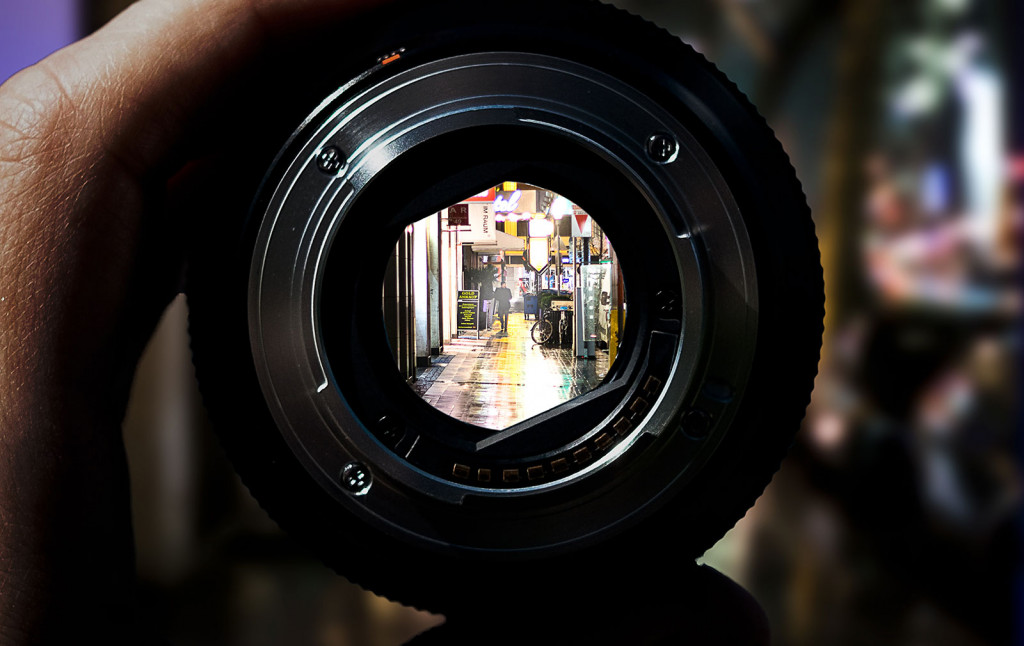
Now remember what we said before: the lower the number, the bigger the hole, the more light that comes in. That means the F1.5 of the Samsung Galaxy S9 (and Galaxy S9+) lets more light in when used on that setting, making it ideal for low-light and for when you want to get images where the background goes out of focus naturally.
The soft, creamy background and its look is called “bokeh”, and is something photographers are trying to achieve in portraits.
It’s the very nature of what Apple is emulating when it simulates it with its iPhone 7 Plus, iPhone 8 Plus, and iPhone X cameras, doing a staggering job, but missing out on hairs because dual cameras and computer smarts are trying to find the edges. Google’s Pixel 2 and Pixel 2 XL can do this with one camera and computer smarts, and again, the result is strong, but it is still simulated.
With Samsung’s low aperture combined with software smarts, we may see a more natural result, and there’s also the added benefit of more control.
Now that the camera can jump between open wide and closed a little more, folks looking for more control of their imagery just may get it, with this being the first step towards a phone becoming a proper camera replacement.
Samsung’s Galaxy S9+ does get a second camera, an F2.4 equipped telephoto lens, letting you zoom in a little, but it doesn’t gain this neat aperture trick. You’ll still get the wide dual aperture camera like on the standard S9, but your telephoto lens doesn’t get this trick. We guess they had to leave something for the Note 9 later on the year.
Still, it’s an intriguing addition, and one that could mean the future of smartphone photography has the field learning from camera history, as opposed to relying solely on computers to do all that heavy lifting and grunt work from here on in.



